- No products in the cart.
Amoxicillin 250mg tabs 20 pcs Abba Russian
$1.14
Amoxicillin 250mg tabs 20 pcs Abba Russian
SKU: 01385432530 Categories: Antibiotics, Antibiotics, antimicrobial, antiparasitic, Medicaments Tags: ABBA RUS, amoxicillin
Description
Composition
Active substance:
1 tablet contains: amoxicillin trihydrate, (calculated as active substance) 250 mg or 500 mg.
Excipients:
Potato starch, magnesium stearate.
Description:
Round, Valium Tablets white or nearly white with a facet and Valium.
Product form:
Tablets of 250 mg or 500 mg.
20 tablets in banks polymeric or polymeric vials with screw cap. 10 tablets in blisters of PVC film and aluminum foil printed patent.
Each jar or vial, or 1, 2 blisters together with instructions for use are placed in a pile of cardboard.
Contraindications
Hypersensitivity (including to other penicillins, cephalosporins, carbapenems), children under 3 years (for a given dosage form).
Be wary – allergic diseases (including history), diseases of the gastrointestinal tract in history (especially colitis, associated with the use of antibiotics), kidney failure, severe liver function, pregnancy, lactation, infectious mononucleosis, lymphatic leukemia.
Dosage
250 mg
Indications
Bacterial infections caused by sensitive microflora: respiratory infections and ENT (sinusitis, pharyngitis, tonsillitis, acute otitis media, bronchitis, pneumonia), urinary system (pyelonephritis, pyelitis, cystitis, urethritis, gonorrhea, endometritis, cervicitis) zheludochno tract (enterocolitis, typhoid, cholangitis, cholecystitis), skin and soft tissue infections (erysipelas, impetigo, secondarily infected dermatoses), leptospirosis, listeriosis, Lyme disease (borreliosis), dysentery, salmonellosis, salmonellonositelstvo, endocarditis (profile aktika).
Interaction with other drugs
Antacids, glucosamine, laxatives, food, aminoglycosides – slow down and reduce absorption; ascorbic acid increases the absorption.
Bactericidal antibiotics (including aminoglycosides, cephalosporins, vancomycin, rifampicin) – synergistic effect; bacteriostatic drugs (macrolides, chloramphenicol, lincosamides, tetracyclines, sulfonamides) – antagonistic. Enhances effectiveness of indirect anticoagulants (suppressing the intestinal microflora, reduces the synthesis of vitamin K and prothrombin index); estrogensoderzhaschih reduces the effectiveness of oral contraceptives, medicines, which is formed during the metabolism of para-aminobenzoic acid, ethinyl estradiol – the risk of bleeding “breakthrough.”
Diuretics, allopurinol, oxyphenbutazone, phenylbutazone, nonsteroidal anti-inflammatory drugs, drugs that block tubular secretion – decrease tubular secretion, increase the concentration.
Allopurinol increases the risk of skin rash.
Decreases clearance and increases toxicity of methotrexate.
It enhances the absorption of digoxin.
Overdose
Symptoms include nausea, vomiting, diarrhea, disruption of water and electrolyte balance (as a result of vomiting and diarrhea).
Treatment: gastric lavage, appointment of activated carbon, saline laxatives, correction fluid and electrolyte balance; hemodialysis.
pharmachologic effect
Pharmacological group:
An antibiotic, a semisynthetic penicillin.
Pharmacodynamics:
Antibacterial acid-antibacterial broad spectrum of action from the group of semi-synthetic penicillins. Inhibits transpeptidase, gives peptidoglycan synthesis (reference protein cell wall) between the division and growth, causing bacterial lysis. It is active against aerobic Gram-positive microorganisms: Staphylococcus spp. (Except for strains producing penicillinase), Streptococcus spp; and aerobic Gram negative bacteria: Neisseria gonorrhoeae, Neisseria meningitidis, Escherichia coli, Shigella spp, Salmonella spp, Klebsiella spp… Microorganisms producing penicillinase are resistant to the action of amoxicillin.
Pharmacokinetics:
Absorption – fast, high (93%), food intake does not affect the absorption, it is not destroyed in the acidic environment of the stomach. When administered as a suspension (or tablets) in a dose of 125 and 250 mg, the maximum concentration – 1.5-3 mcg / ml and 3.5-5 ug / ml, respectively. Time to maximum concentration after oral administration of 1 -2 hours. Has a large volume of distribution – high concentrations detected in plasma, sputum, bronchial secretions (in purulent bronchial secretions distribution weak), pleural and peritoneal fluid, urine, content of skin blisters, lung tissue, the intestinal mucosa, the female genital organs, prostate fluid middle ear, bone, adipose tissue, gallbladder (with normal liver function), fetal tissues. With increasing doses of 2-fold concentration is also increased by 2 times. The concentration in the bile exceeding plasma concentration 2 – 4 times. The amniotic fluid and cord blood vessels amoxycillin concentration – 25-30% of the level determined in the plasma of pregnant women. Poorly penetrates the blood-brain barrier, inflammation of the meninges (meningitis) concentrations in the cerebrospinal fluid of about 20% of the level in the blood plasma. Communication with plasma proteins 17%.
The partially metabolized to inactive metabolites. The half-life of 1-1.5 hours. Displayed 50-70% kidneys unchanged by tubular secretion (80%) and glomerular filtration rate (20%), liver – 10-20%. In a small amount is excreted in breast milk. When renal impairment (creatinine clearance less than or equal to 15 ml / min) increases the half-life to 8.5 hours. Amoxicillin removed in hemodialysis.
Pregnancy and breast-feeding
Use of the drug during pregnancy is possible only when the intended benefits to the mother outweighs the potential risk to the fetus. If necessary, the appointment during lactation should stop breastfeeding.
Conditions of supply of pharmacies
On prescription.
side effects
Allergic reactions: possible urticaria, skin redness, erythema, angioedema, rhinitis, conjunctivitis; rarely – fever, joint pain, eosinophilia, exfoliative dermatitis, erythema poliformnaya, Stevens-Johnson syndrome; reactions similar to serum sickness; in rare cases – anaphylactic shock.
On the part of the gastrointestinal tract: goiter, change in taste, nausea, vomiting, diarrhea, stomatitis, glossitis, hepatic dysfunction, a moderate increase in activity of “liver” transaminases, pseudomembranous enterocolitis.
From the nervous system: agitation, anxiety, insomnia, ataxia, confusion, change in behavior, depression, peripheral neuropathy, headache, dizziness, convulsive reaction.
Laboratory findings: leukopenia, neutropenia, thrombocytopenia purpura, anemia.
Other: shortness of breath, tachycardia, interstitial nephritis, vaginal candidiasis, superinfection (especially in patients with chronic diseases or low resistance body).
special instructions
In exchange treatment is necessary to monitor the condition of the function of blood, liver and kidneys.
Perhaps the development of superinfection due to growth of microflora resistant to amoxicillin, which requires a corresponding change in antibiotic therapy.
When treating patients with bacteremia may develop endotoxin shock reaction (Jarisch-Herxheimer).
In patients with increased sensitivity to penicillins, possible allergic cross-reaction with cephalosporin antibiotics.
In the treatment of mild diarrhea in the background of a course of treatment should be avoided antidiarrhoeal drugs that reduce intestinal motility. Patients with severe diarrhea should consult a specialist.
Treatment continues for a required 48-72 hours after the disappearance of clinical signs of disease.
With simultaneous use of estrogensoderjath oral contraceptives and amoxicillin should be possible to use other or additional contraceptive methods.
Storage conditions
In a dry, dark place at a temperature not higher than 25 ° C.
Keep out of the reach of children.
Dosing and Administration
Inside, before or after a meal.
Adults and children over 10 years (body weight 40 kg) of 0.5 g administered 3 times a day; in severe infections 0.75-1.0 g 3 times a day.
Children aged 5-10 years appoint 0.25 g; 3-5 years 0,125 g 3 times a day; in severe infections 60 mg / kg / day in 3 doses (maximum daily dose). The course of treatment 5- 12 days.
In acute uncomplicated gonorrhea 3 g administered once; Repeated reception of this dose is recommended in the treatment of women.
In acute infectious diseases of the gastrointestinal tract (paratyphoid, typhoid fever) and biliary tract, gynecological infections adult 1.5-2 g 3 times a day, or 1-1.5 g 4 times a day.
In leptospirosis adult 0.5-0.75 g 4 times a day for 6-12 days.
When salmonellonositelstve adult 1.5-2 g 3 times daily for 2-4 weeks.
For the prevention of endocarditis with small surgical interventions for adults 3-4 g for 1 hour before the procedure. If necessary, repeat dose administered over 8-9 hours. In children, the dose is reduced by half.
Patients with impaired renal function when creatinine clearance of 15-40 ml / min, the interval between doses was increased to 12 hours; when creatinine clearance less than 10 mL / min, the dose is reduced by 15-50%; anuria at the maximum dose of 2 g / day.
Information
Appearance may differ from that depicted in the picture. There are contraindications. You need to read the manual or consult with a specialist
Additional information
| Weight | 0.100 kg |
|---|---|
| Manufacturer | ABBA RUS |

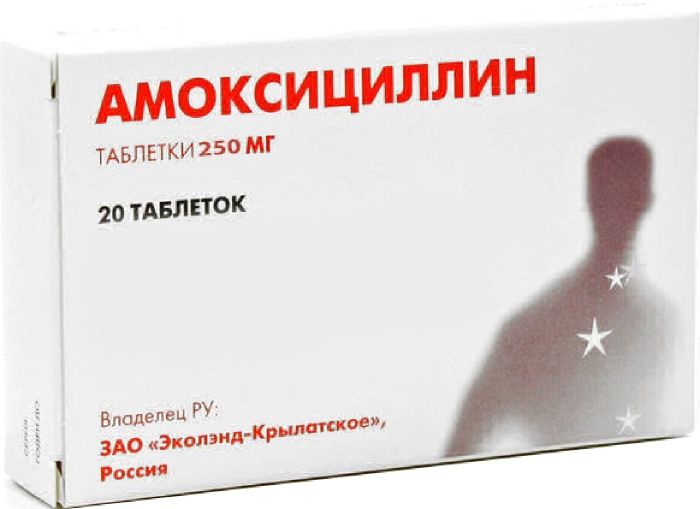
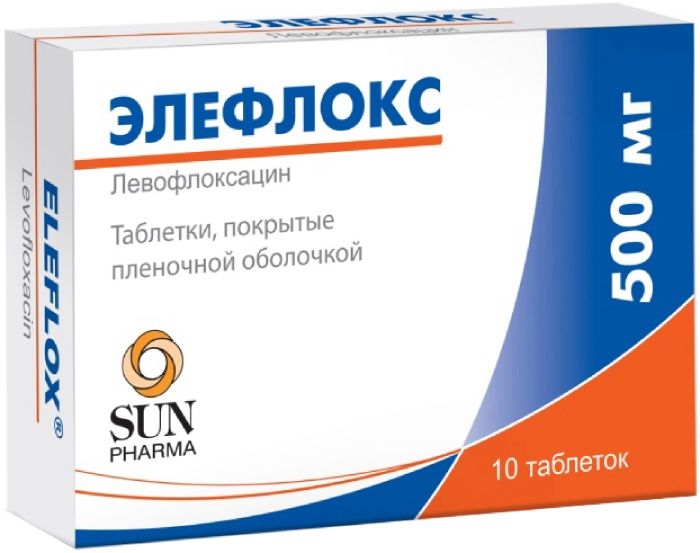
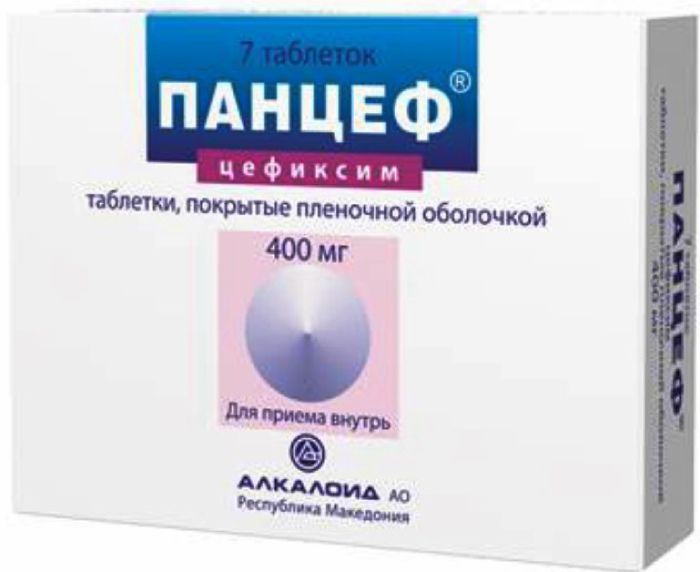
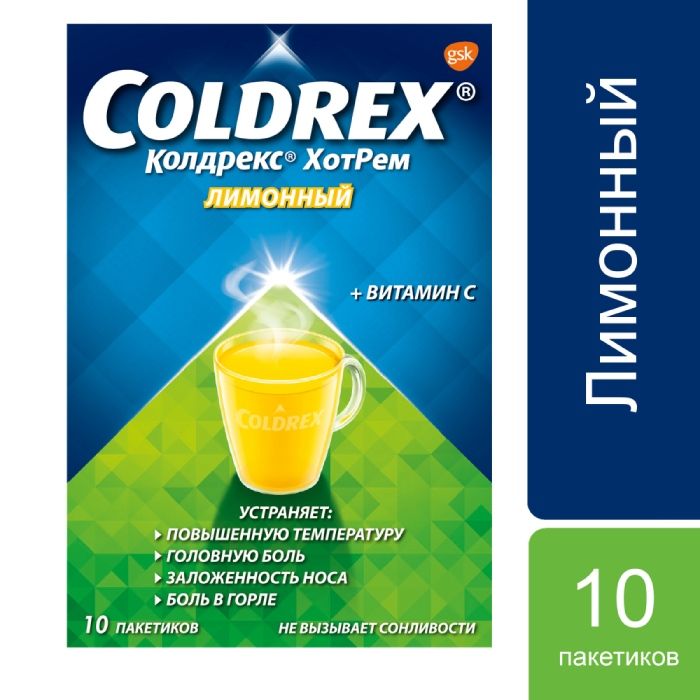
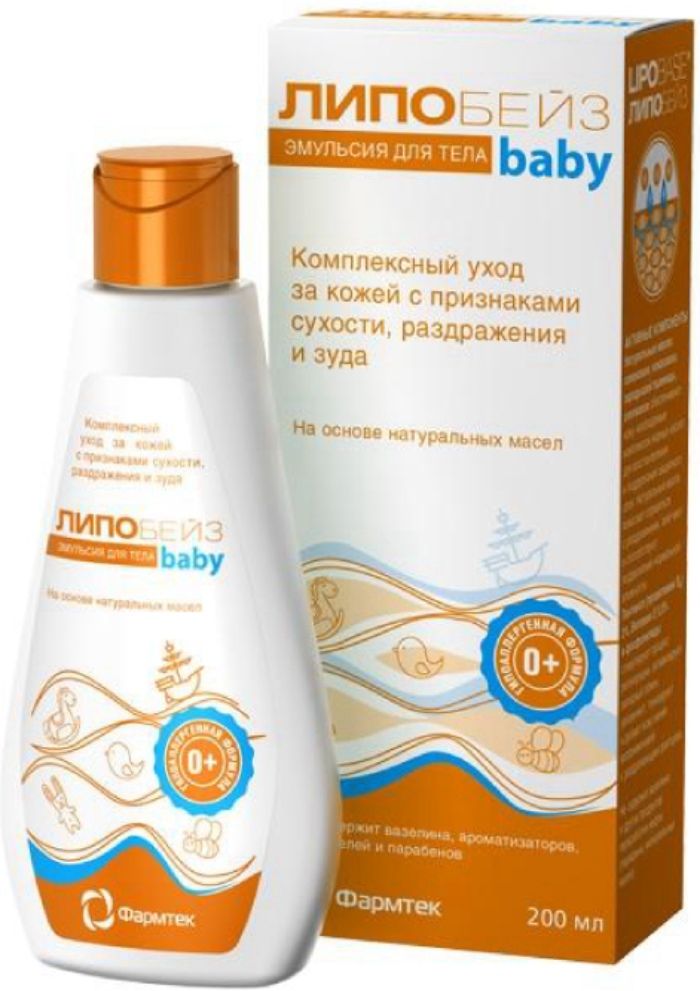
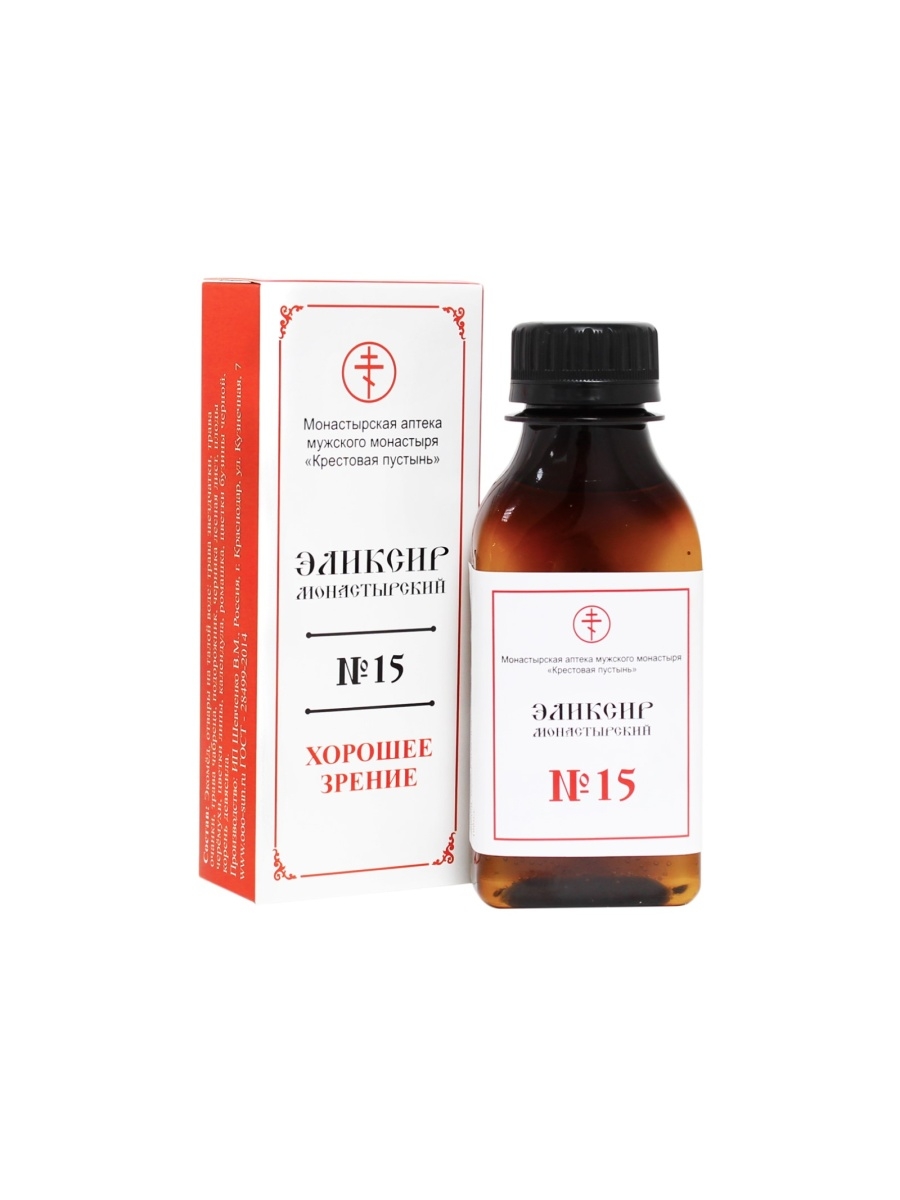
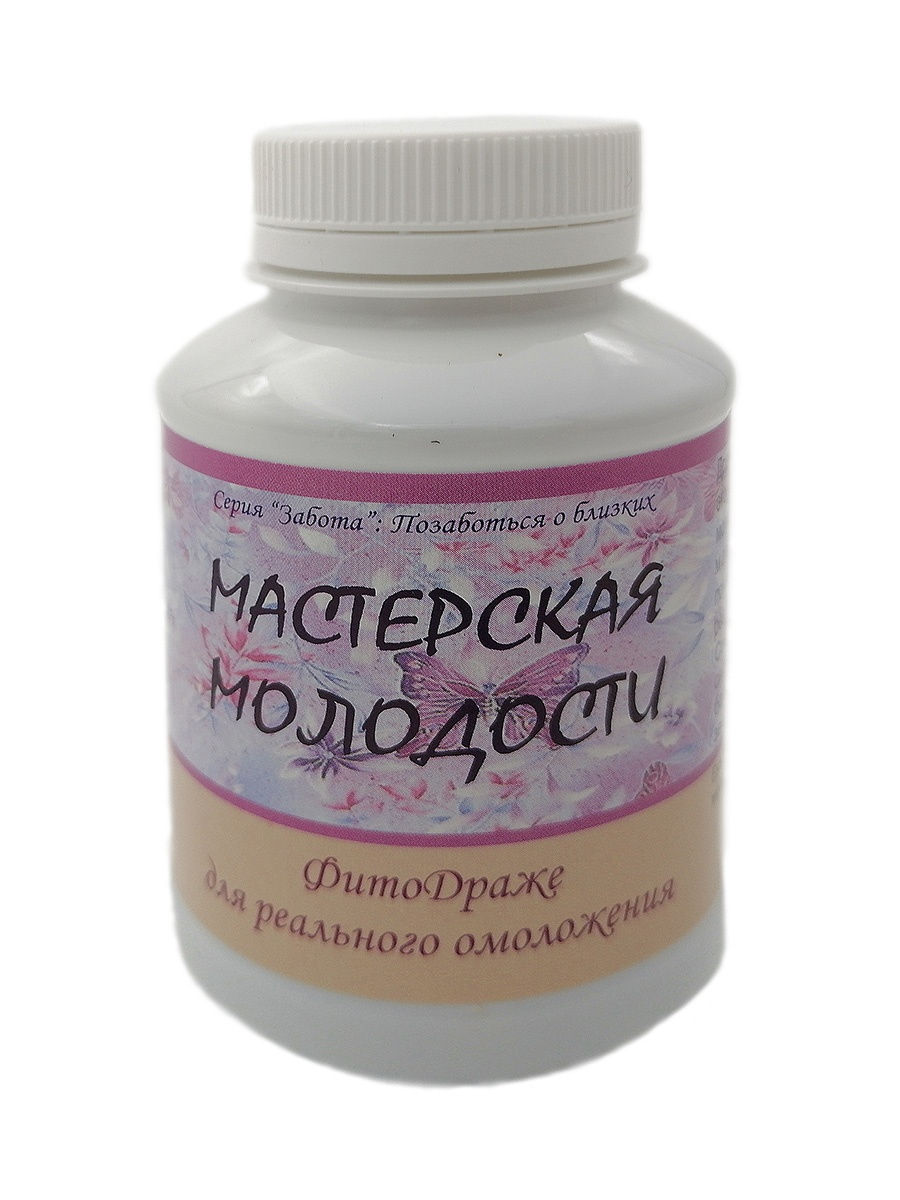
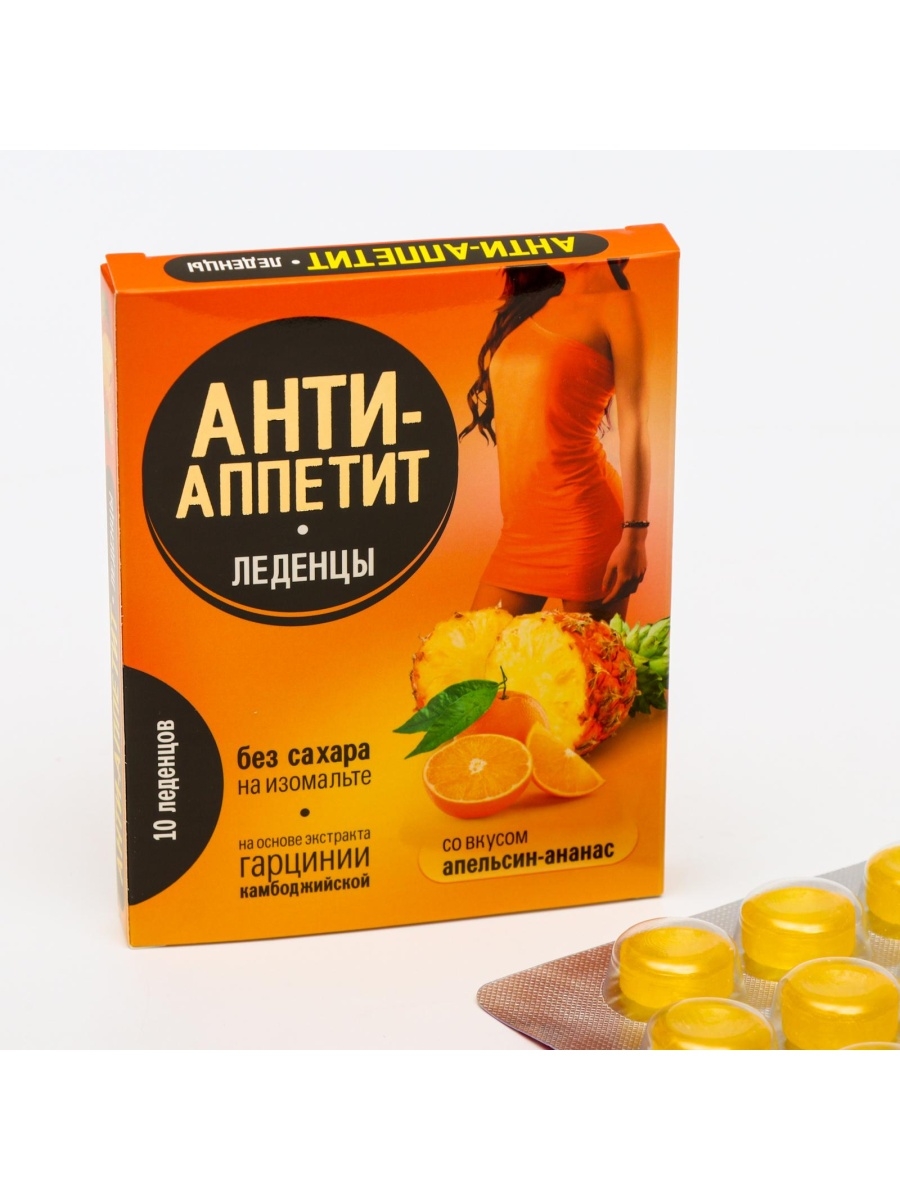
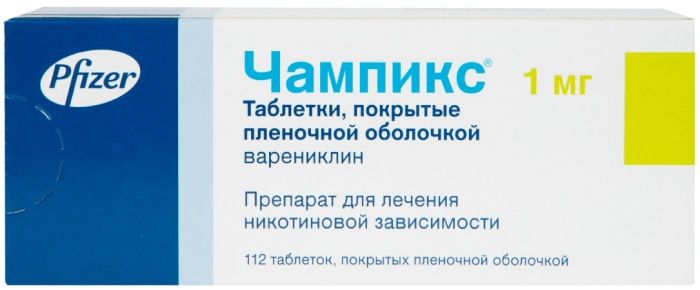




There are no reviews yet.